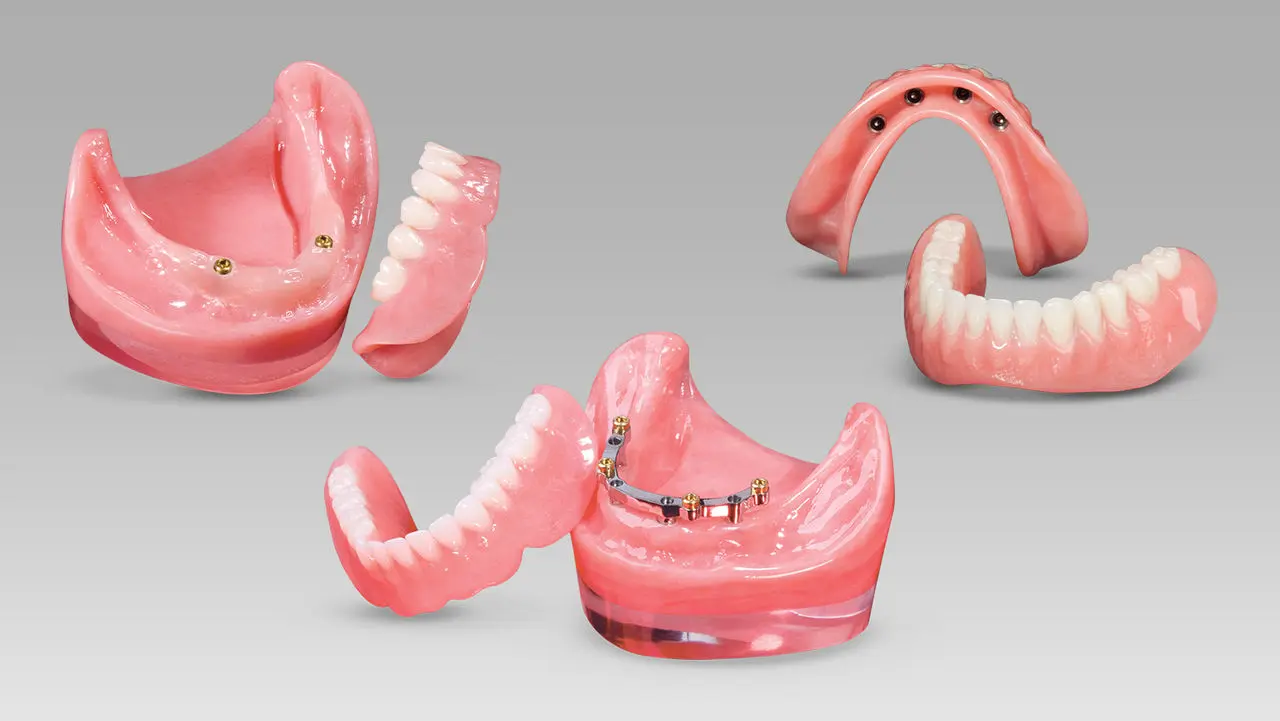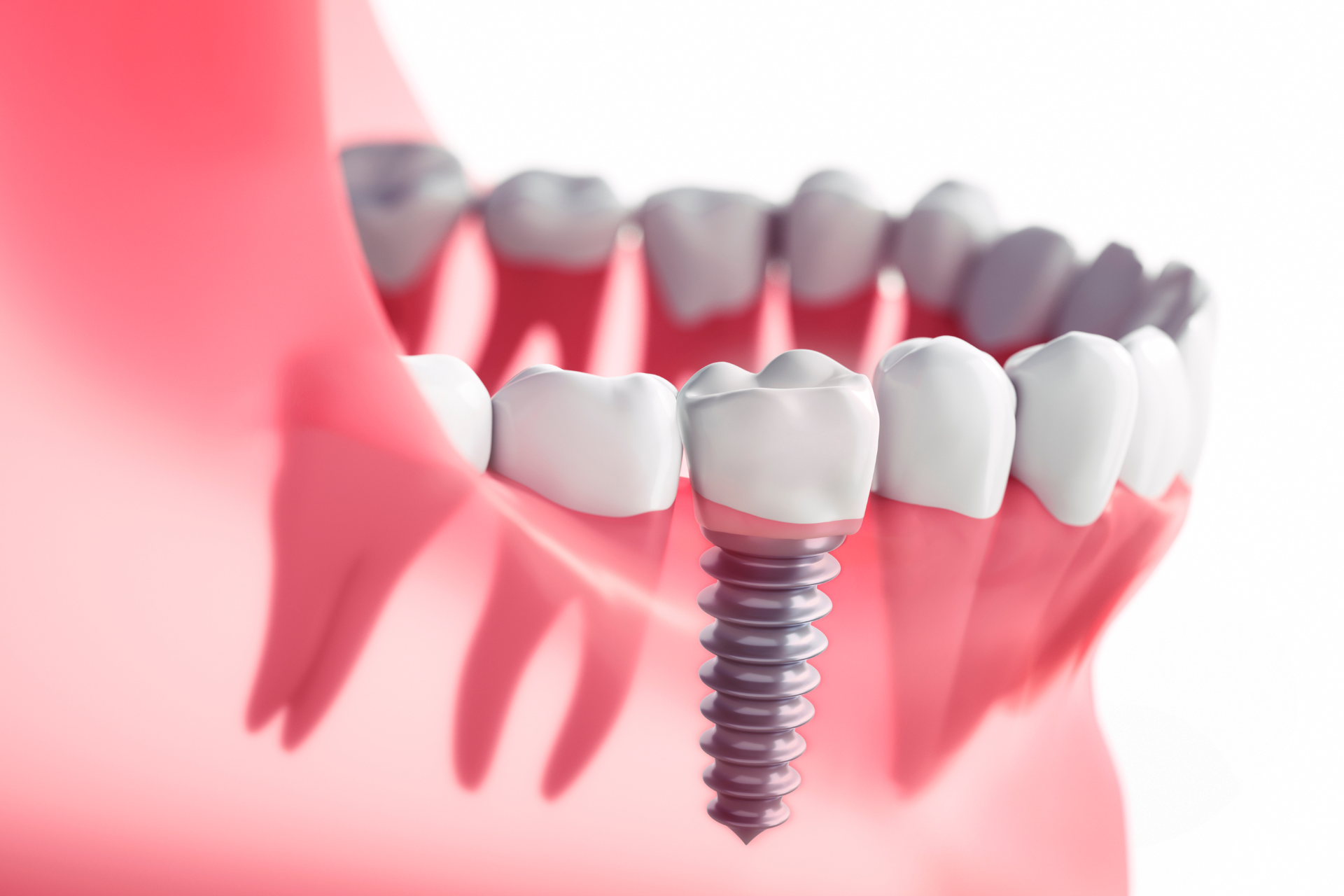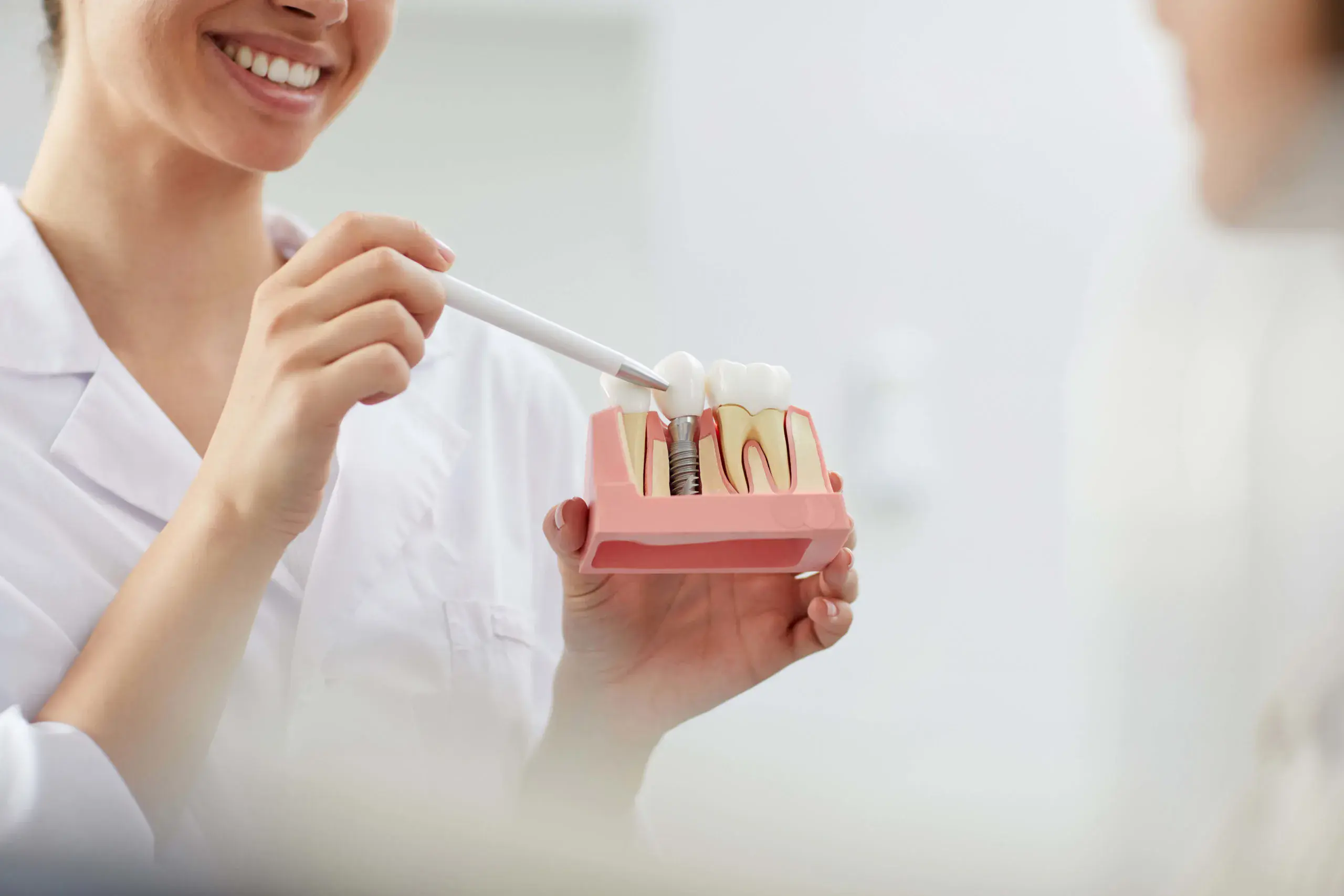
What Are Overdenture Implants?
An overdenture is a type of denture that is supported by dental implants rather than sitting directly on the gums. This solution is particularly beneficial for people who have lost all their teeth in one or both arches (upper or lower jaw) but still have some remaining bone structure in the jaw to support the implants.
In an overdenture implant procedure, several dental implants are surgically placed into the jawbone to serve as anchors for the denture. The denture is then custom-made to fit securely over these implants, offering a more stable and comfortable solution than traditional removable dentures.
Key Features of Overdenture Implants
- Stability: One of the primary benefits of overdenture implants is that they provide superior stability compared to traditional dentures. The implants keep the denture securely in place, preventing slippage or movement while eating or speaking.
- Comfort: Because the overdenture is anchored to the implants, it doesn’t put pressure on the gums, reducing irritation and discomfort that can be common with conventional dentures.
- Natural Look: Overdentures are designed to look and feel more like natural teeth. The custom-made denture closely mimics the appearance of natural teeth, giving patients a more aesthetically pleasing smile.
- Improved Functionality: With overdenture implants, patients can enjoy better chewing ability and speech clarity. Since the implants are securely anchored, they offer a more stable base, making it easier to eat a wider variety of foods and speak more naturally.
- Bone Preservation: Dental implants stimulate the jawbone, preventing bone loss that can occur with missing teeth. This is a significant advantage over traditional dentures, which can contribute to bone resorption in the jaw over time.
The Procedure for Getting Overdenture Implants
The process of getting overdenture implants typically involves several stages and can take several months. Here’s a general outline of the procedure:
- Consultation and Planning: Your dentist will assess your oral health, take X-rays, and evaluate the condition of your jawbone to determine if you are a good candidate for overdenture implants. If your bone density is insufficient, you may need a bone graft before proceeding.
- Implant Placement: During a minor surgical procedure, dental implants (typically 2 to 4) will be placed into the jawbone. These implants act as the anchors for the overdenture. The procedure is done under local anesthesia, and recovery usually takes a few weeks.
- Healing Period: After the implants are placed, the bone will need time to heal and fuse with the implants in a process called osseointegration. This typically takes between 3 to 6 months, depending on the patient’s individual healing process.
- Denture Fitting: Once the implants have fused with the jawbone, the custom-made overdenture is created and fitted onto the implants. Your dentist will ensure that it fits securely and comfortably, making adjustments as necessary.
- Final Placement: After final adjustments are made, your overdenture will be securely attached to the implants, and you’ll be able to enjoy your new smile and improved oral functionality.
Advantages of Overdenture Implants
- Improved Confidence: Since the overdenture is secure, patients can feel more confident in social and professional situations. No need to worry about dentures slipping or shifting during conversations or meals.
- Long-Lasting Solution: Overdenture implants are designed to last for many years, with proper care. The implants themselves can last a lifetime with good oral hygiene.
- No Adhesive Required: Unlike traditional dentures, which require adhesive to stay in place, overdenture implants are securely attached to the implants, so there’s no need for messy adhesives.
- Preservation of Facial Structure: Since the implants help preserve the jawbone, overdenture implants can maintain the structure of the face and prevent the sunken appearance that can occur with bone loss.
Cost of Overdenture Implants
The cost of overdenture implants can vary depending on several factors, including the location of the dental practice, the complexity of the case, and the materials used. On average, patients can expect to pay between $5,000 and $15,000 per arch for overdenture implants. This cost typically includes:
- Dental implants (usually 2 to 4 implants)
- Surgical procedure to place the implants
- Custom overdenture (removable denture)
- Follow-up appointments and adjustments
It’s important to note that while overdenture implants may have a higher upfront cost than traditional dentures, they provide a more durable and long-term solution, which can save money in the long run.
Insurance and Financing
Many dental insurance plans may provide partial coverage for overdenture implants, especially if they are deemed medically necessary. However, coverage can vary significantly, so it’s a good idea to check with your provider to understand your benefits.
For patients without sufficient insurance coverage, many dental offices offer financing plans that allow you to pay for the procedure over time. Third-party financing options like CareCredit can also help make the cost more manageable.
Alternatives to Overdenture Implants
While overdenture implants offer significant benefits, there are other dental restoration options available, including:
- Traditional Dentures: Removable dentures that sit on the gums, usually secured with adhesive.
- Fixed Implant Bridges: A series of dental implants placed to support a fixed bridge, offering a non-removable solution.
- All-on-4 Implants: A fixed full arch solution that uses four implants to support an entire set of teeth.
Each of these options has its advantages and drawbacks, and the best choice depends on factors such as your overall oral health, budget, and preferences.
Conclusion
Overdenture implants are an excellent solution for people who need a full set of dentures but want the added stability and functionality that implants provide. With their ability to enhance comfort, improve speech and chewing, and preserve jawbone health, overdenture implants are becoming a preferred choice for many patients. While the initial cost may be higher than traditional dentures, their long-term benefits make them a worthwhile investment for restoring confidence and improving quality of life.
If you're considering overdenture implants, consult with a qualified dentist or oral surgeon to discuss your options, get an estimate of costs, and determine if this is the right solution for your dental needs.






